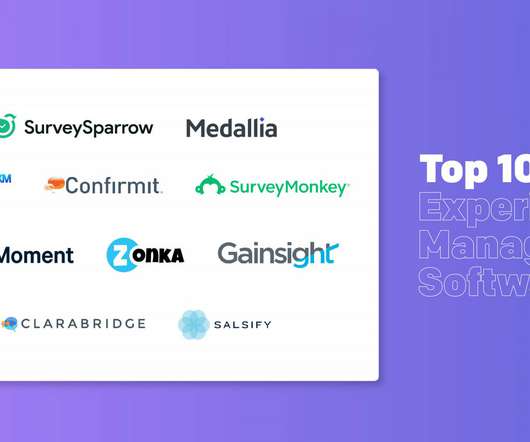Digital Experience: Meeting Customer Expectations
InMoment XI
APRIL 3, 2024
This includes communicating with a brand via social media, making a purchase online, receiving an email or text confirming an order, providing user feedback on online channels, using a company app, operating a digital kiosk or point-of-sale terminal, or even simply visiting an organization’s webpage. Let’s get into the details.












Let's personalize your content